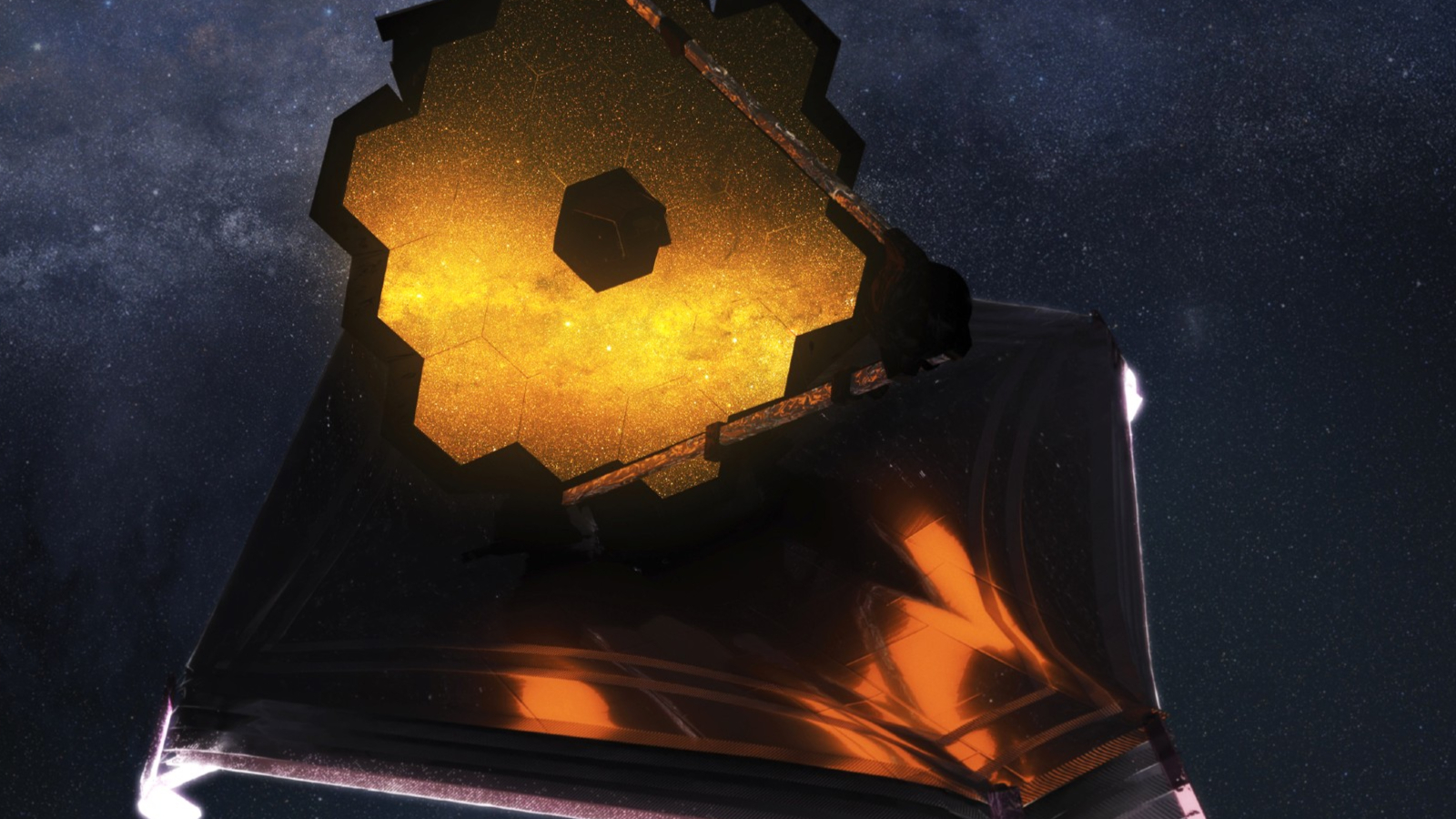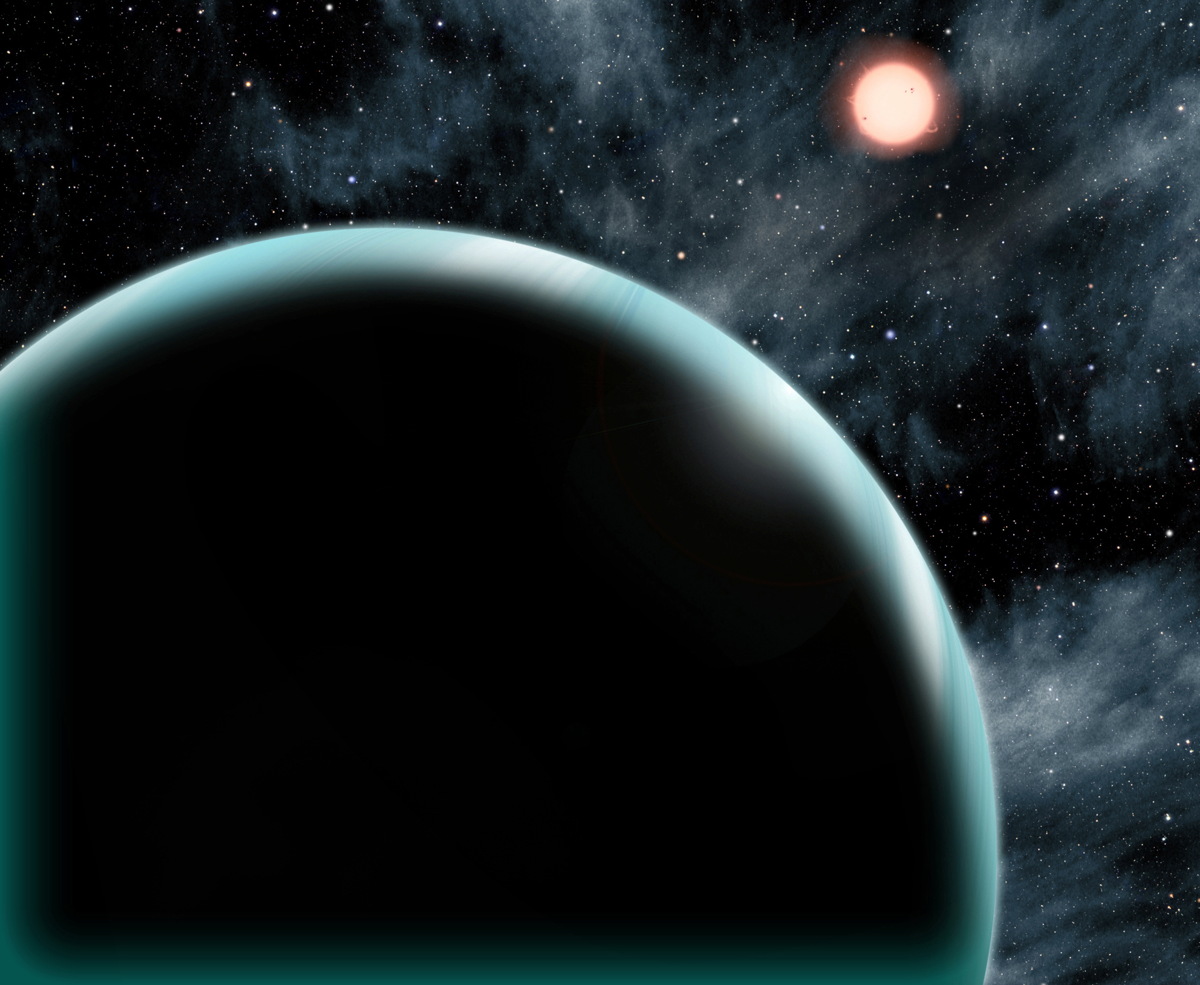James Webb Space Telescope discovers planets forming in space's most punishing environments
The observations expand the range of environments where habitable worlds might emerge.

Using the James Webb Space Telescope (JWST), astronomers have peered deep into one of the Milky Way's most radiation-intense star-forming regions, revealing that Earth-like planets can form even in the galaxy's most punishing environments.
The observations expand the range of environments where habitable worlds might form, the researchers say. Previously, astronomers thought these harsh conditions might not be conducive to the formation of planets. Ultraviolet (UV) radiation "was long thought to pose a serious threat to the formation of planets around nearby, smaller stars," Konstantin Getman, a research professor in the Department of Astronomy and Astrophysics at Penn State and co-author of a new paper describing the findings, told Space.com.
However, the results, published May 20 in The Astrophysical Journal, show that even under these harsh ultraviolet conditions, protoplanetary disks — swirling rings of gas and dust where planets are born — can still survive and evolve.
"We cannot go back in time to study how the exoplanets we observe [today were] formed," study co-author María Claudia Ramírez-Tannus, an astronomer at the Max Planck Institute for Astronomy in Heidelberg, Germany, told Space.com. "Instead, we need to look for their younger counterparts, which are planet-forming disks that exist in extreme environments with intense ultraviolet radiation."
The study was intended as a follow-up to 2023 research that suggested Earth-like planets can indeed form in such harsh environments.In the new study, the international team focused on XUE 1, the disk surrounding a young star in this extreme environment, to investigate the disk's size, mass, temperature and chemical composition.
XUE 1 is bathed in ultraviolet radiation that's far more intense than anything our own solar system has ever experienced. "In fact, if XUE 1 was placed at the location of our solar system's sun, it would receive 100,000 times less UV energy every second than it does right now," Bayron Portilla Revelo, a postdoctoral scholar in the Department of Astronomy and Astrophysics at Penn State and lead author of the new study, told Space.com.

"A very different idea"
JWST was key to the new discovery. The telescope has revolutionized the study of irradiated protoplanetary disks, offering the sensitivity and resolution needed to observe them from thousands of light-years away. "JWST is the only instrument with the sensitivity to observe relatively faint disks in very distant regions," Ramírez-Tannus said.
The team took advantage of JWST's Mid-Infrared Instrument (MIRI), which captures the cosmos in mid-infrared wavelengths of light. They used observations collected in 2023, supplemented by additional observations from the Visible and Infrared Survey Telescope for Astronomy, the Hubble Space Telescope, and the Spitzer Space Telescope.
That data allowed the team to observe the emission from a disk that is 5,500 light-years away. To interpret the observations, the team introduced the first thermochemical computational model driven by JWST/MIRI and archival data to simulate how light, heat and chemical reactions interact within the XUE 1 protoplanetary disk.
Breaking space news, the latest updates on rocket launches, skywatching events and more!
Thermochemical models offer a big advantage for studying planet-forming disks because they let astronomers explore details such as how much material is available to form planets. "This is crucial for understanding how planetary systems like our own come to be," Portilla Revelo said.
On the other hand, thermochemical models are computationally demanding and require a large amount of data to be effective. XUE 1 has been poorly observed so far, so the limited data made the protoplanetary disk difficult to model.
The model produced synthetic light spectra, which were then compared to the real data. By matching the simulations with observations, the researchers inferred critical properties of the disk, including its temperature, density and chemical makeup.
Their analysis revealed a compact, truncated disk, where intense ultraviolet radiation significantly alters both gas temperatures and the chemistry taking place. Among the most striking findings was the presence of water — one of the key ingredients for Earth-like planets — even in such a hostile environment.
Crucially, the modeling also showed that the inner region of the disk — the zone where rocky, potentially habitable planets can form — appears to be shielded from the worst ultraviolet radiation.
"Our model indicates that the innermost part of the disk, where planets like Earth can form, seems to be unaffected by the damaging external UV radiation," Portilla Revelo said.
"Before the observations were taken, scientists had a very different idea of what the spectrum would look like," he added. "Our modeling helps explain why the JWST spectrum appears the way it does. While UV light from nearby stars strongly affects the outer regions of the disk — where giant planets are likely to form — it has little direct impact on the inner regions, which are the source of the light detected by JWST."
The findings suggest that planet formation may be more resilient than previously thought, thus expanding the range of environments where life-supporting worlds might emerge and offering a rare glimpse into the diverse stellar nurseries of our galaxy.
"By studying more of these regions — especially those exposed to strong UV light from nearby massive stars — we can better understand how such intense environments affect disks around stars of all masses and sizes," Getman said.
Join our Space Forums to keep talking space on the latest missions, night sky and more! And if you have a news tip, correction or comment, let us know at: community@space.com.

A chemist turned science writer, Victoria Corless completed her Ph.D. in organic synthesis at the University of Toronto and, ever the cliché, realized lab work was not something she wanted to do for the rest of her days. After dabbling in science writing and a brief stint as a medical writer, Victoria joined Wiley’s Advanced Science News where she works as an editor and writer. On the side, she freelances for various outlets, including Research2Reality and Chemistry World.
You must confirm your public display name before commenting
Please logout and then login again, you will then be prompted to enter your display name.
